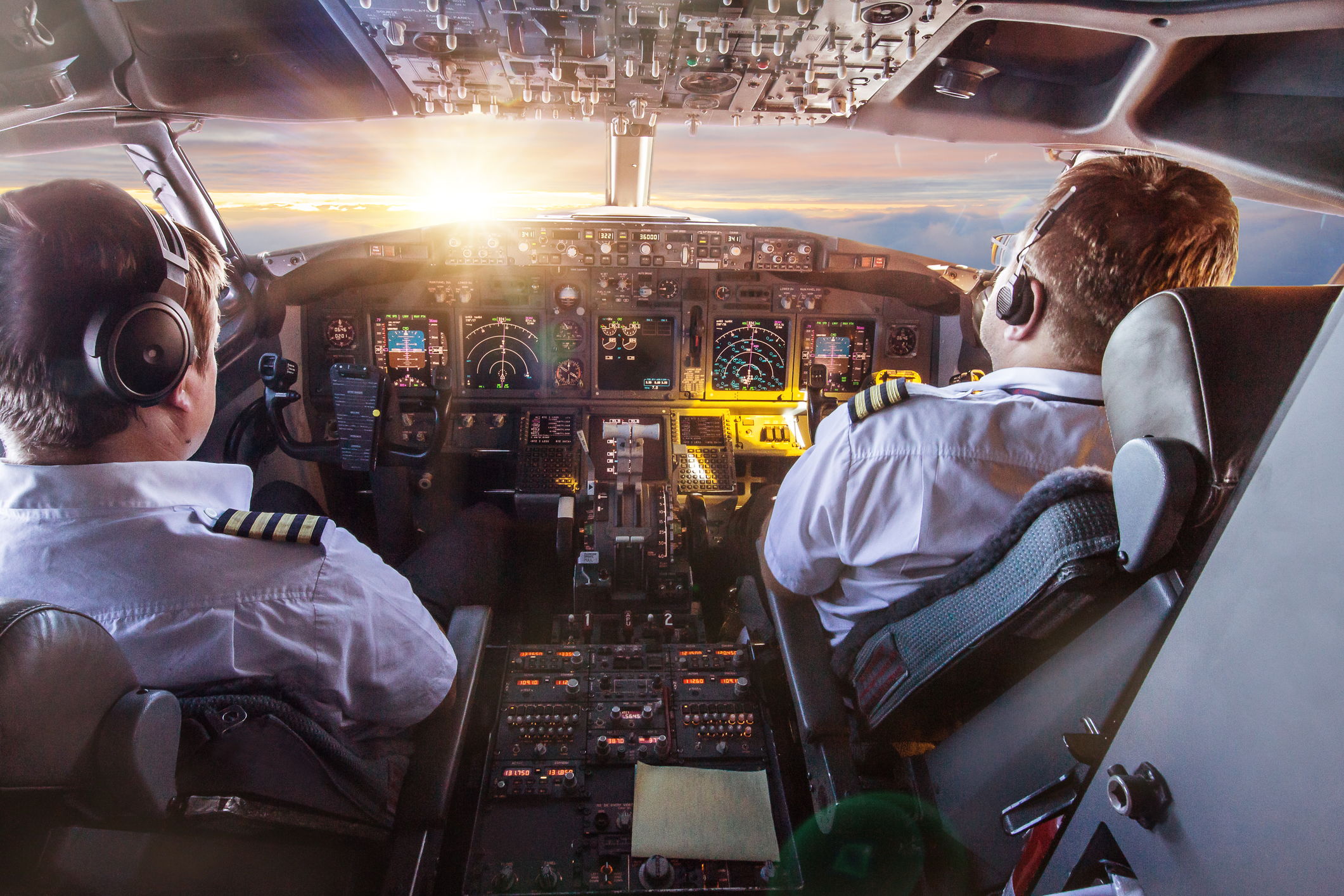
pasecrets.com – The art of piloting is a complex and fascinating endeavor that requires a blend of technical skill, intuition, and a deep understanding of the natural elements. Pilots are the modern-day navigators, charting their course through the skies with precision and grace. This article delves into the intricacies of piloting, exploring the skills, knowledge, and mindset required to master the skies.
The Foundations of Flight
At the heart of piloting is a thorough understanding of aerodynamics and aircraft systems. Aspiring pilots must grasp the principles of lift, thrust, drag, and weight, and how these forces interact to keep an aircraft aloft. Familiarity with different types of aircraft, from small propeller planes to large commercial jets, is also crucial. Each aircraft has its unique characteristics and handling requirements, which pilots must learn to navigate.
Navigating the Skies
Navigation is a critical aspect of piloting. Pilots use a combination of traditional methods, such as reading maps and using compasses, alongside modern technology like GPS and radar. They must also be adept at interpreting weather patterns and forecasts to plan safe and efficient flight paths. In the digital age, pilots rely on sophisticated avionics systems to assist with navigation, but the ability to navigate without electronic aids remains a fundamental skill.
Communication and Teamwork
Effective communication is vital in the cockpit. Pilots must be able to clearly convey instructions and information to their co-pilots, cabin crew, and air traffic control. They also need to be excellent listeners, able to process and respond to instructions quickly and accurately. Teamwork is essential, as the safety and comfort of passengers often depend on the seamless coordination between pilots and crew.
Handling Emergencies
One of the most challenging aspects of piloting is dealing with emergencies. Pilots must be prepared to handle a wide range of unexpected situations, from mechanical failures to severe weather. Quick thinking, calmness under pressure, and a thorough knowledge of emergency procedures are essential. Simulator training and regular drills help pilots hone their skills in a controlled environment, ensuring they are ready to act swiftly and decisively when the need arises.
The Continuous Learning Journey
Piloting is a profession that demands lifelong learning. Technology advances rapidly, and pilots must stay abreast of new developments in aircraft design, navigation tools, and safety protocols. They also need to accumulate flight hours and gain experience in different conditions and scenarios. Continuous training and education are key to maintaining proficiency and staying at the top of their game.
Conclusion
The art of piloting is a multifaceted discipline that combines science, technology, and human skill. Mastering the skies requires dedication, expertise, and a passion for flight. Pilots who commit to this journey not only achieve a profound sense of accomplishment but also play a vital role in connecting the world, carrying passengers and cargo safely across the globe. As we look to the future of aviation, the art of piloting will undoubtedly evolve, but the core principles of precision, safety, and professionalism will remain steadfast.


